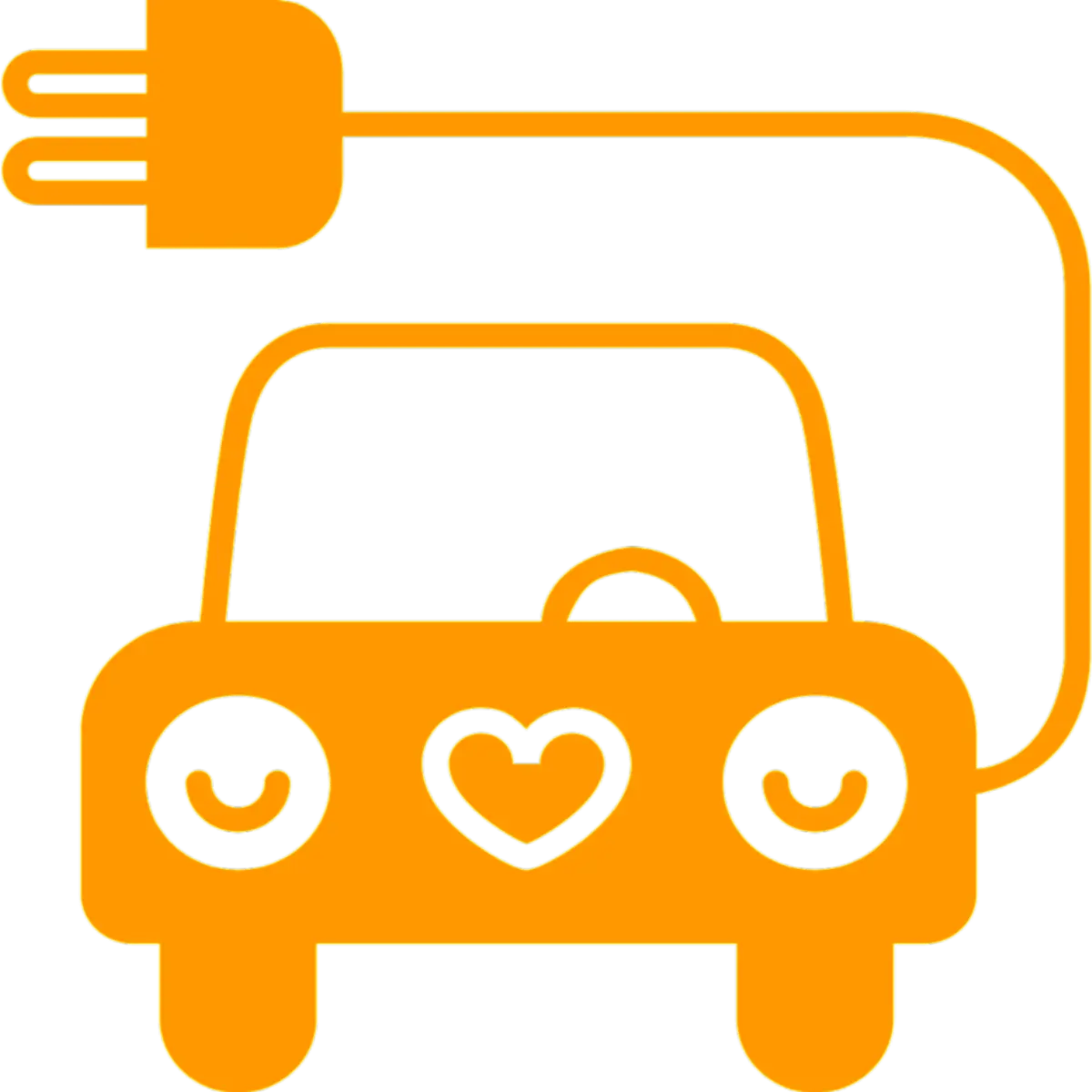I just saw the headline on Google News: “Tesla Has the Highest Fatal Accident Rate of All Auto Brands, Study Finds.” Yikes. I’ve covered how safe Tesla vehicles are for many years. In fact, it was the #1 reason why I bought a Tesla Model 3 in 2019. So, on the one hand, it was surprising to see that headline. But not really.
We already saw last year that one of the reasons Hertz was selling off its Tesla vehicles and not buying more was because they were more likely to get into accidents, and then waiting for repairs/service/parts took longer than average as well. Those kinds of things add up a great deal when you’re managing a big fleet of vehicles.
Are Tesla vehicles actually designed to be unsafe? No, that’s not the issue. The issue is that while Tesla was designing its cars to be extra safe, it was also constantly focusing on making the cars super quick (insanely quick, ludicrously quick, plaid quick) and regularly hyping up how quick its cars were in order to stimulate consumer demand.
Believe it or not, when you’ve consumed all that hype around how quick a Tesla is, it’s easy to be influenced and want to smoke cars off the line at a red light, or just drive like a bat out of hell. The problem is: that leads to accidents, and fast accidents lead to deaths. Let’s get to the shocking stats:
“Tesla’s vehicles have the highest fatal accident rate among all car brands in America, according to a recent iSeeCars study that analyzed data from the U.S. Fatality Analysis Reporting System (FARS).”



Yup. Some models don’t even have manual releases on the rear doors. If the battery ignites and you don’t have power to open the doors, you’re fucked. You only have about 15 seconds to get clear before you’re cooked by the lithium flames, and that’s not enough time to climb out of the back seat and exit via the front doors. Especially when you wasted the first 15 seconds fiddling with the door handle, because you expected it to actually open the door like it would on any other car.
Even the manual releases are difficult to use. The rear release (if it’s available at all) is hidden under two covers.
Saying “they’re designed with safety in mind” is, at best, misleading. Passing safety tests is the bare minimum. It would be like a contractor proudly boasting that they build all of their homes to code. Congrats, you built them to the bare minimum to be legally considered habitable? Building to code is the minimum to pass pre-sale inspection, not the goal.